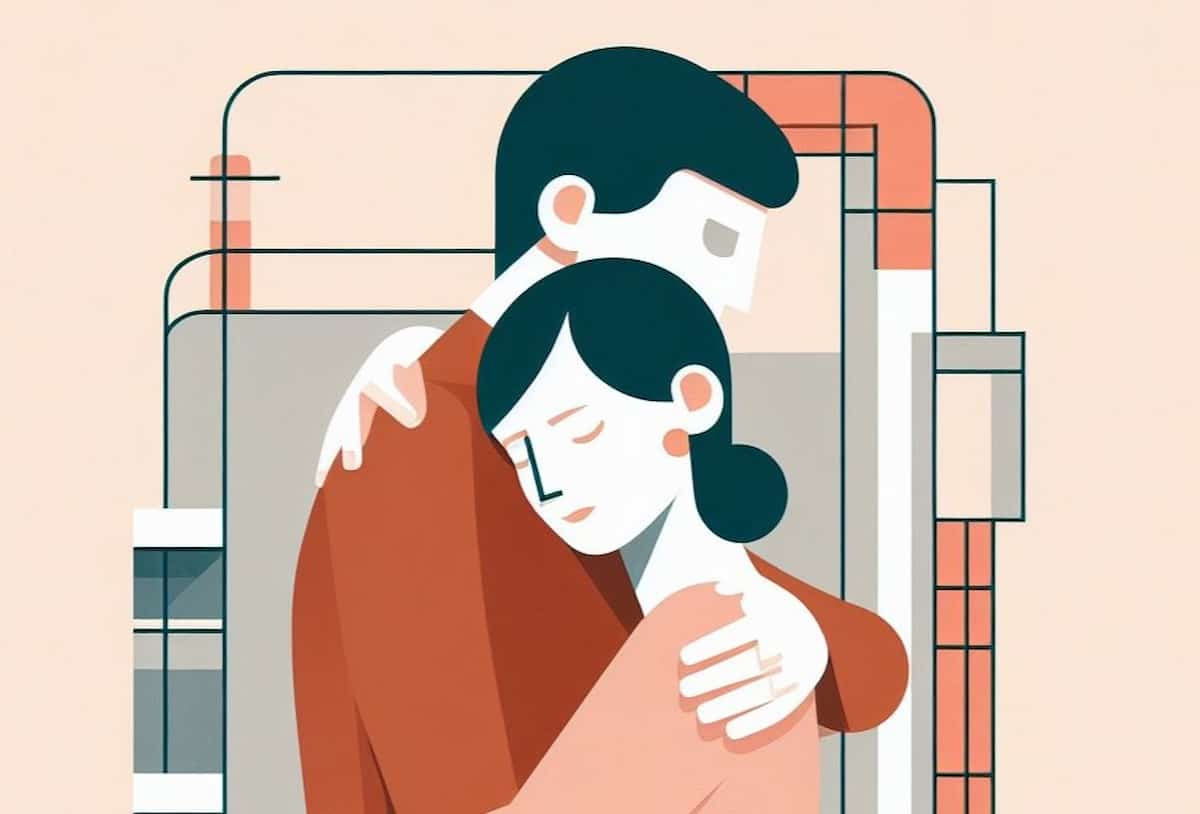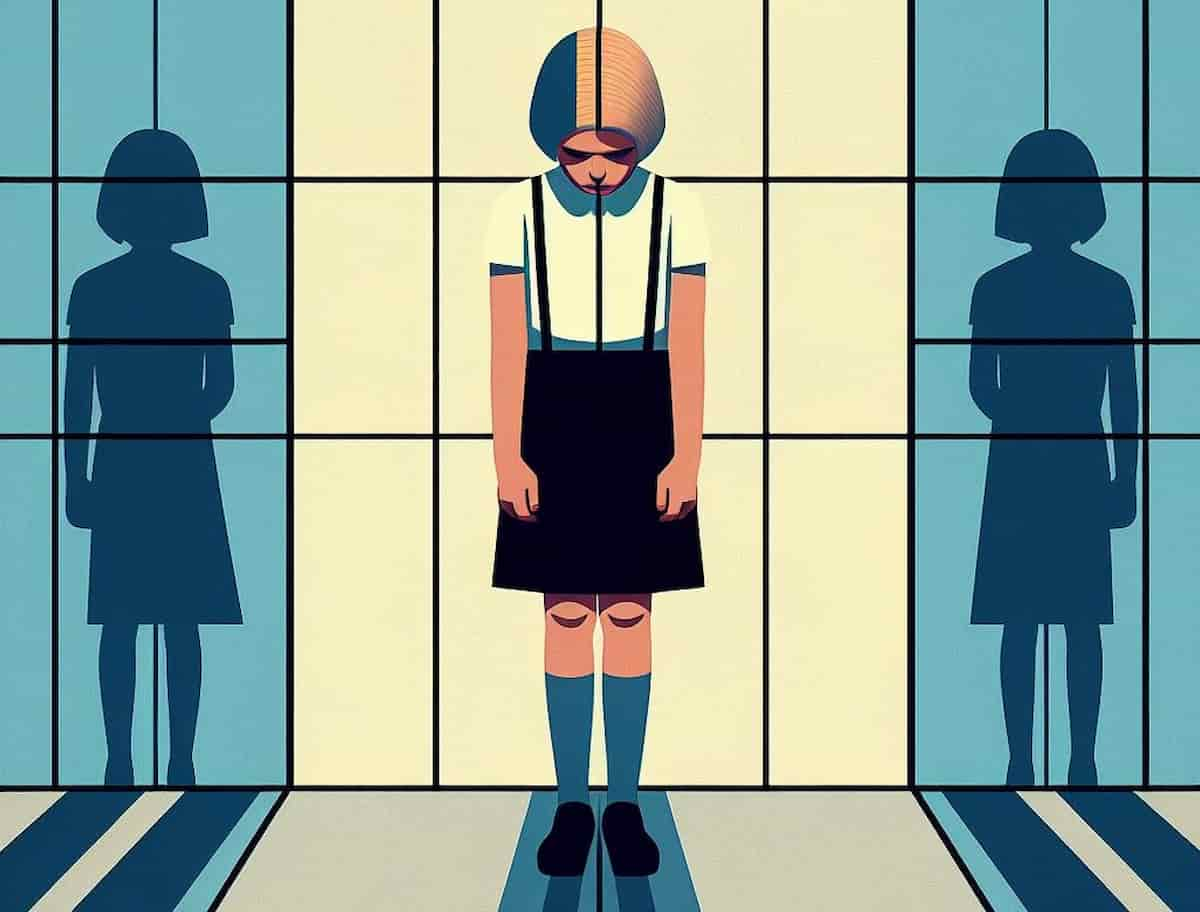Partners with an avoidant attachment style do not want to get close.
One of the most toxic relationship patterns is called an ‘avoidant attachment style’.
It is when one person (or both) in a relationship won’t commit because they want to avoid getting too attached to the other.
Around one quarter of people are avoidant.
However, simple exercises that build intimacy can help to improve this relationship pattern, research shows.
For one exercise, couples in the study took turns answering a series of questions that involved sharing information with each other.
Here are a few of the questions:
- Complete this sentence: “I wish I had someone with whom I could share …”
- When did you last cry in front of another person? By yourself?
- Name three things you and your partner appear to have in common.
- What would constitute a “perfect” day for you?
- Would you like to be famous? In what way?
All of these questions — which were designed by New York psychologist Professor Arthur Aron — help make couples feel more intimate with each other.
You can read all 36 question to fall in love here.
People in the study also did partner yoga, which is a series of poses designed for two people.
After doing the yoga and asking and answering the questions, partners with a more avoidant attachment style gave higher ratings to the relationship.
The researchers also gave some couples diaries to complete for three weeks.
These showed that listening and making the other feel loved did a lot to improve relationships.
Many activities to improve a difficult relationship take relatively little effort.
Just asking and answering thoughtful questions can make a real difference in reducing negative emotions and promoting satisfaction.
In addition, people found reflecting on positive relationship memories to be beneficial.
The study’s authors conclude:
“Although individuals who are more avoidantly attached tend to eschew intimacy and experience negativity in their relationships, recent research suggests that positive relationship contexts may help avoidant persons be more comfortable with closeness and experience better individual and relationship outcomes.
Simple positive and intimacy-promoting relationship experiences had both short and long-term effects for more avoidant persons.”
The study was published in the Journal of Personality and Social Psychology (Stanton et al., 2017).









